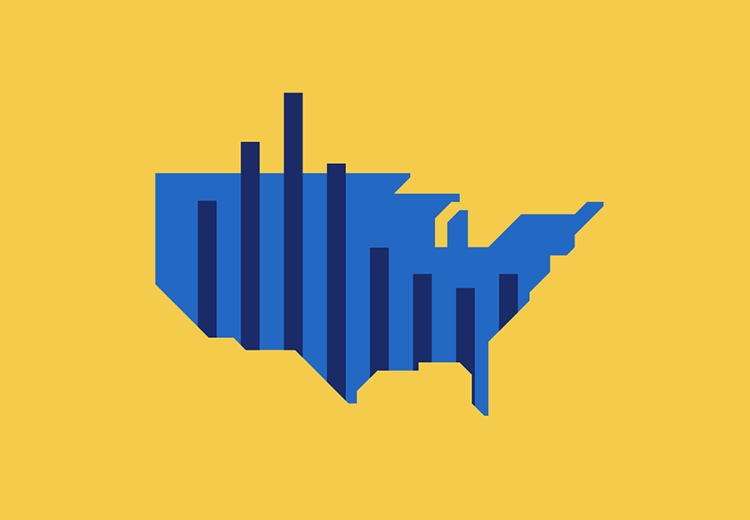
Data Tools

Our user-friendly data tools will help you and your community explore health disparities and help practices and health systems improve their collection of standardized demographic data.
This infographic explains how ICD-10-CM Z codes can help improve the collection of social determinants of health (SDOH) data. It also outlines ways that collection of SDOH data can improve equity in health care delivery and research. Download this resource to learn more and to review the recent SDOH Z code categories, and new codes.
Visit the National Institutes of Health’s Sexual & Gender Minority Measurement & Data webpage to learn more about research and methods for measuring sexual orientation, gender identity, and sex characteristics. This research works to improve the capturing and understanding of sexual and gender minority populations’ health data.
This one-page infographic highlights diabetes prevalence among Medicare enrollees. As the number of Americans with diabetes continues to increase - going from almost 29 million in 2012 to more than 37 million in 2019 - disparities are also being seen among various Medicare enrollee populations. Review this resource to learn more about these diabetes disparities.

This infographic describes the journey that social determinants of health (SDOH) data takes from the individual through the health system to data reporting as ICD-10-CM Z codes. It discusses data collection, documentation, coding and reporting. It contains resources to help implement programs to collect and report SDOH data in a manner that can lead to better health outcomes for individuals.

Use our interactive mapping tool to identify health disparities between subgroups of people on Medicare. The tool presents health-related measures from Medicare claims by sex, age, dual eligibility for Medicare and Medicaid, race and ethnicity, and state and county.

Collecting standardized patient demographic and language data across health care systems is an important first step toward improving population health. Browse through the resources on standardized data collection, which include standards, reports, guides, toolkits, and articles.


